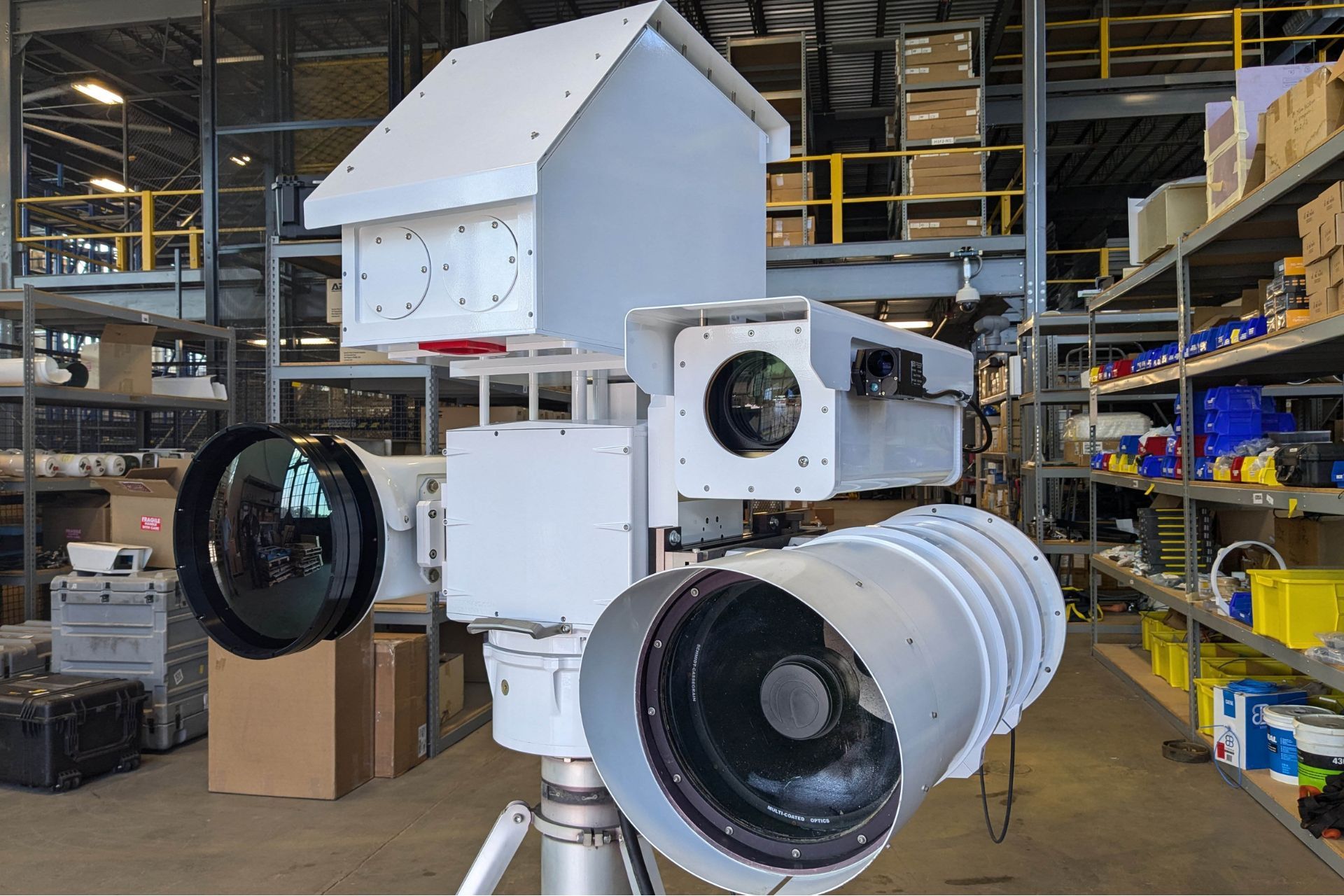Breaking News
AI-Enhanced Cameras Deployed to Prevent Aerial Attacks on Washington's Strategic Sites.
On November 25, 2024, the United States Department of Defense announced the deployment of a new artificial intelligence-based air surveillance system designed to address potential aerial threats in the National Capital Region (NCR). This advanced system, intended to safeguard strategic sites such as the White House, the Capitol, and the Supreme Court, represents a significant step in strengthening air security. It is part of a broader effort to prevent events similar to those of September 11, 2001, when hijacked planes targeted high-value symbolic and strategic locations, including the Pentagon.

ERSA cameras are equipped with both electro-optical and infrared imaging, high-definition resolution, and features such as infrared colorization that enhance target detection through heat signatures(Picture source: US DoD)
The new system, known as Enhanced Regional Situational Awareness (ERSA), integrates advanced visual recognition cameras and lasers. Gradually being implemented across the NCR, it incorporates AI-driven identification and tracking capabilities, offering significant improvements over legacy systems. Manufactured by the technology firm Teleidoscope, this system replaces equipment installed in 2002, which was itself a replacement for earlier post-9/11 technology.
ERSA cameras are equipped with both electro-optical and infrared imaging, high-definition resolution, and features such as infrared colorization that enhance target detection through heat signatures. These capabilities are further supported by a laser rangefinder that accurately measures the distance and altitude of objects. According to Air Force Master Sgt. Kendrick Wilburn, who oversees operations at the Joint Air Defense Operations Center (JADOC), the system can automatically lock onto and track moving targets through machine learning algorithms. The more the system is utilized, the more precise it becomes, improving its overall effectiveness.
The system also includes a visual warning device using a red-green laser to alert non-compliant aircraft to immediately exit the Special Flight Rules Area (SFRA). These eye-safe lasers help avoid the need for costly military aircraft deployments to investigate potential violations. Wilburn explains that these visual signals, referred to by operators as "sparkles," often prompt pilots to adjust their course and contact the Federal Aviation Administration (FAA) as required.
This advanced defense system was developed to address the complex challenges of urban airspace protection. Testing conducted in 2022 compared several camera prototypes, with Teleidoscope emerging as the preferred choice due to its significant software enhancements. Currently, two cameras are operational, and in upcoming phases, plans are to deploy an additional seven cameras each year.
The ERSA system could, in the future, benefit from advancements achieved with the MEGA-Army application developed by Belgian company IDDEA. Originally designed for identifying land-based military equipment through advanced image recognition, the application could be adapted for aircraft identification. Such an adaptation would not only enable recognition of aircraft but also provide detailed information on their capabilities, armaments, radar systems, and defensive measures. This integration could enhance ERSA’s ability to deliver critical real-time data for identifying and validating aerial threats. These developments highlight the potential of combining aerial surveillance technologies with advanced recognition tools, further modernizing defense strategies.
Improvements brought by the ERSA system have already transformed how aerial threats are detected and managed. Wilburn notes that the cameras are capable of detecting and tracking small targets, such as birds in flight—capabilities unattainable with previous systems. Additionally, partial automation of the system allows operators to focus on more complex analytical tasks, such as evaluating the intent of suspicious aircraft.
This modernization reflects a proactive approach to preventing incidents akin to those of September 11, 2001. By integrating advanced technology, artificial intelligence, and human expertise, the ERSA system provides a robust and adaptable response to contemporary aerial threats. The Department of Defense, in collaboration with the Air Force and the Accelerate the Procurement and Fielding of Innovative Technologies program, has facilitated the rapid implementation of this project, underscoring the United States' commitment to protecting its critical infrastructure.


























